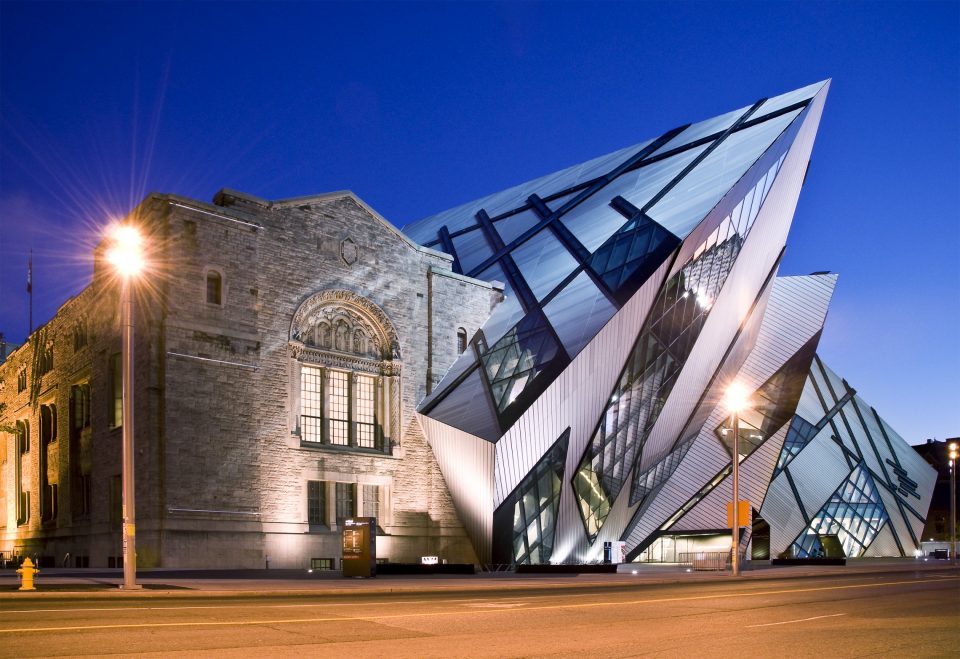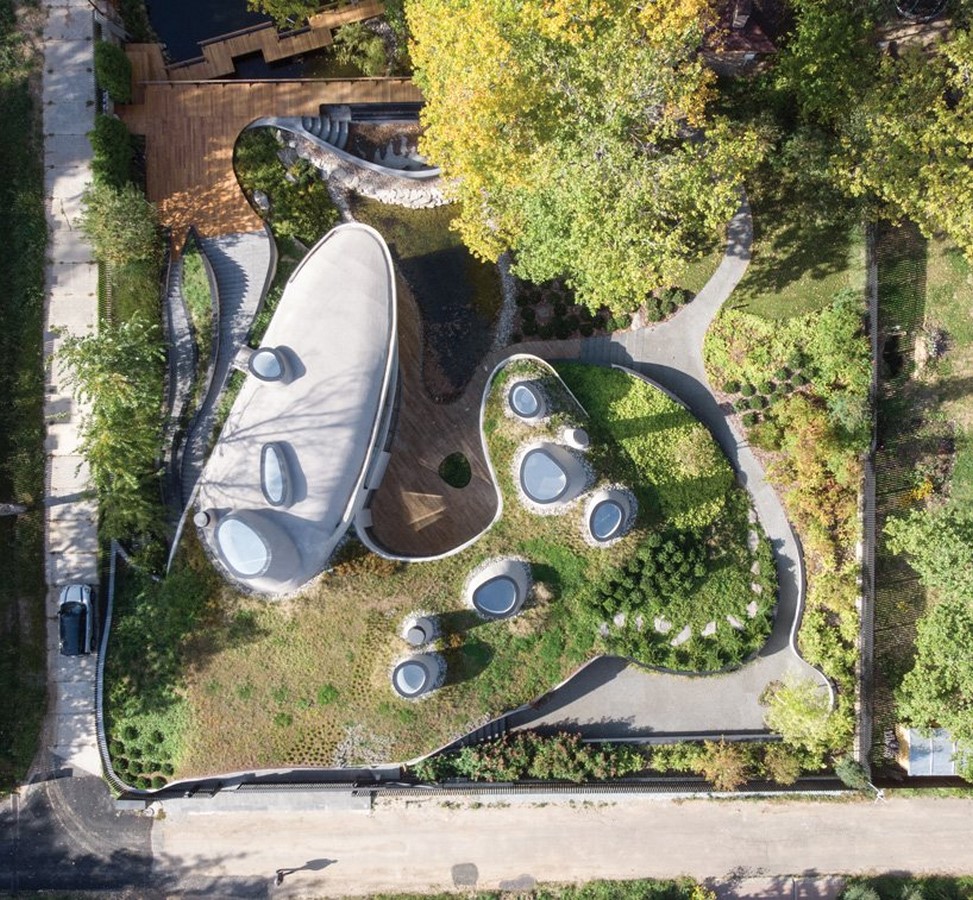U5 – The experience of architecture: basic concepts
The experience of Architecture
The basic concepts of architecture are:
Place, Order, Space, Form, Materiality and structure, Functions.
Genius loci – The genius loci is a set of elements that give a place its own identity and characteristics. The spirit of these places and characterization can be done by the hand of man or not. It can also have to do with the Physical, Social and cultural aspects.

The genius loci’s elements are, Relation of contrast, Relation of camouflage, Organic relation, Contextual relation.
Contrast – Relation with the place is either juxtaposition or abstraction.

Organicism – Shows sensitivity towards the place/location. It is done by reinterpreting its elements and surroundings.

Space: Space is made up from Classic space, Uniform space and Contemporary space.
“The Objective of architecture is divided into two parts, The creation of space and the creation of the limits of that space”
Classic space is closed and compact due to the massive wall type, this gave the place a closed and compact character.
Uniform space are abstract and rational spaces that only exist if used. It breaks the compact space and allows for flow in the horizontal and even connections in the vertical.
Function: There have been multiple types of functionalism throughout the architectural history, these types are; Mechanical functionalism, Organic functionalism and Moralistic functionalism.
Mechanical – This has links and deep roots to the industrial revolution. Its form is the direct path to the consequence of its functions. Beauty came automatically from the perfect mechanical efficiency rather than its deliberate search.
Moralistic – This comes from the classical aesthetic and can be considered beautiful when its useful and suitable for its lifespan and to the very end.
Beauty is its visible beauty and Utility is what it serves. Defining what classes as utility became and is still a moral issue to this day.
Form: this is made up from many different components that array from size, shape, color, proportions and its overall use.
Composition is the putting together of the elements, combining them and organising them into a correct and flowing order.
Some of the elements that make up form are:
Axis – Linear aspect which shows the direction and sometimes scale.
Module – A unitary element which is repeated at the same or different scales, for example a checkerboard, or honeycomb.
Grid – this is where the composition is made and has a set of axes as a guide.
Light – Using light as an influence on design and architectural choices.